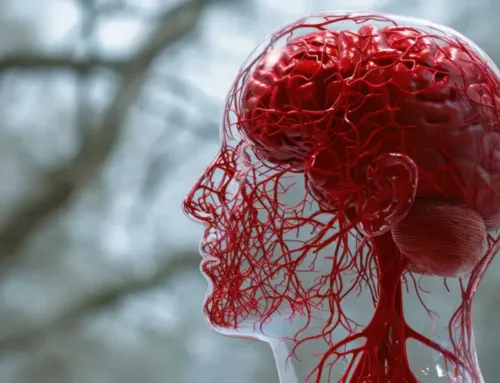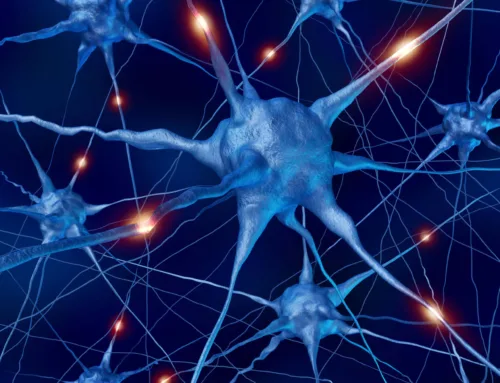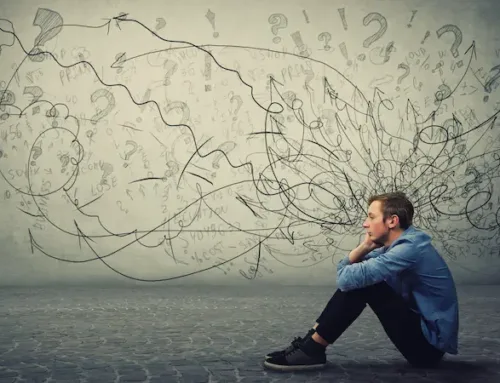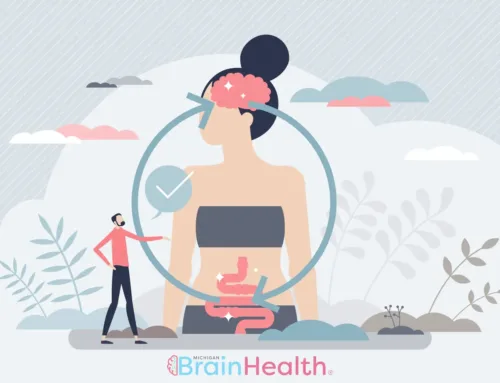The Science Behind Holistic ADHD Treatments
What is the science behind holistic ADHD treatments or more specifically does Neurotherapy (also known as neurofeedback or EEG biofeedback) work? It a simple question, however, there is no simple answer. ADHD and like it, ADD, are spectrum disorders with no particular cause in all cases and situations. As such, the effectiveness of holistic treatments can also range depending on the individual cases and circumstances involved. Established science has shown that the use of Neurotherapy does work in a majority of cases and thus is a recommended treatment for those who have ADHD or ADD. Does Neurotherapy work? For most people, it most certainly does.
What Is Neurotherapy?
Before delving into the actual question and scientific backing of whether or not Neurotherapy works, it is important to understand what Neurotherapy is. Neurotherapy is the training of the mind to produce a specific pattern of brain waves. Therapy providers typically follow a set of steps to determine the suitability and, if applicable, a treatment plan for the use of Neurotherapy.
- First, a map of the patterns of the individual’s brainwave activity (known as EEG activity) is performed via brain mapping or qEEG. Quantitative EEG (qEEG) is the analysis of the digitized EEG. A brain map is a non-invasive tool we use to identify the problem areas of the brain. There is no more accurate tool available today for identifying irregular brainwaves.
- Guided by the brain map, a specific treatment protocol is developed which the practitioner can use to train a desired area of the brain to correct the measured brainwave irregularities using neurofeedback equipment and other modalities.
- Neurofeedback equipment uses various auditory or visual stimuli (feedback and rewards) as a therapy to help the individual generate more regulated brainwave patterns that correspond to cognitive improvements such as increased concentration, memory, and more. It is non-invasive, and it can be repeated as often as necessary.
How Does It Work?
Each brain produces waves and patterns and these waves and patterns correspond to various aspects of our cognitive abilities. There are six types of brainwaves and any number of patterns. These waves are:
- Alpha
- Beta
- Theta
- Delta
- Gamma
The sixth type is called infra-low waves, also called slow cortical potentials, and is not associated with many of the higher brain functions. During a normal Neurotherapy session the computer is monitoring your brainwaves, looking for any that are out of the normal range. When it finds one, the system triggers a response that changes the movie or music. This change is not annoying, but it is subtle enough to get your attention and make you focus more. Refocusing corrects the irregular brainwaves, which then move into the normal range. At that time the movie or music will resume normally. This process is called Operant Conditioning. Over the course of multiple sessions, the brain eventually learns to make healthy patterns on its own. At that time, no further neurofeedback sessions are needed. In addition, this activity stimulates the brain into continually producing the correct waves, thus increasing the potential of the long-term effectiveness of the treatment.
Why It Works
While there may be no specific cause that induces ADD or ADHD, it is well established that the epicenter of the disorder is associated directly with the brain. By retraining the brain to produce the brainwaves related to the various elements of cognition and concentration, adverse impacts of the disorder are lessened. Additionally, the treatment can be repeated as often as necessary, thereby providing long-term results. There can even be gaps in between treatments, and the effectiveness will still be induced by subsequent treatments.
What About The Science?
Neurotherapy, also called neurofeedback, has been extensively studied and has been around since before the 1970s. It has been used to treat disorders such as PTSD in Vietnam vets, Epilepsy, and traumatic brain injuries. By the 1990s, it was showing promising results in treating those who have ADD and ADHD. Since that time, numerous studies have been conducted that indicate the positive effects of using and applying Neurotherapy for the treatment of ADD and ADHD.
While the specific answer to the question, “Does Neurotherapy work?” does not have a simple answer, the results from numerous studies and analyses indicate that not only can Neurotherapy help those with ADHD and ADD, but that the long-term results are quantifiable and repeatable. Both children and adults no longer have to sacrifice their quality of life due to ADD or ADHD, and while Neurotherapy is not a cure, it is most certainly a step in the right direction for many. If you think Neurotherapy might help you or someone you know, now is a great time to discuss your treatment options with a Neurotherapy treatment provider.
If you or your child is facing the challenges and difficulties of ADD or ADHD call my office today to take a step towards owning this disorder by asking for our Free Evaluation (586) 488-4818.
Always remember one of my mantras., “The more you know about how your body works, the better you can take care of yourself.”
For more details about the natural approach I take with my patients, take a look at the book I wrote entitled: Reclaim Your Life; Your Guide To Revealing Your Body’s Life-Changing Secrets For Renewed Health. It is available in my office or at Amazon and many other book outlets. If you found value in this article, please use the social sharing icons at the bottom of this post, and please share with those you know who are still suffering from chronic health challenges, despite receiving medical management. Help me reach more people so they may regain their zest for living! Thank you!








